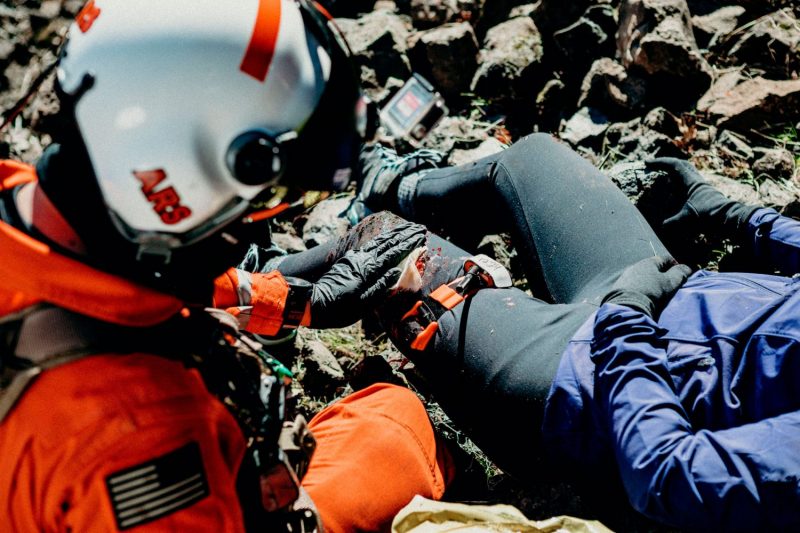Hemostatic dressing

Carlos Zapa Hernandez
MD, Specialist in critical medicine and intensive care / tactical and operative medicine, Colombia
Packaging of hemorrhages is a critical skill in trauma care where every second and every drop of blood counts. The use of hemostats based on chitosan or kaolin is increasing and more accessible with increasingly lower prices (dying will always be more expensive).
Its use consists of the total ”filling” of the exsanguinating wound followed by direct pressure for at least 3 minutes to optimize its effect, later it can be complemented with a trauma bandage or with devices such as the IT-Clamp.
Reminders in packing:
- Fill the wound completely with as many hemostats as necessary.
- If it is a hemostatic dressing apply pressure for at least 3 minutes, if you use any other dressing WITHOUT hemostatic apply pressure for at least 10 minutes.
- Finish with a compression bandage or using an IT-Clamp.
- Usually the person who treats the injured person in the field is not the same person who delivers it to the definitive trauma care center, in addition to the fact that in our region many hemostats are still unknown in use and mechanism of action, DO NOT DISCARD the packaging of The hemostats, if you make a bandage, in the last round of the bandage, place the packaging that you used that way when you arrive at the trauma center, they will know what? And how many? you used. Simple but very useful advice that will be useful especially for surgeons who are not familiar with its use.
Muita kiinnostavia artikkeleita:
Diamond of Death ♦
It is well supported that patients who continue to suffer from shock (or hypoperfusion) are at increased risk of morbidity and mortality attributable to hypothermia, coagulopathy, and acidosis. These three…
Lue artikkeli »Hypothermia – The forgotten killer of the trauma patient
Why is it so important? Remember that the diamond of death in trauma is acidosis, coagulopathy, hypocalcemia, and HYPOTHERMIA. These 4 factors will lead our patient to certain death if…
Lue artikkeli »Tourniquet
In dangerous or operatively difficult situations, the tourniquet goes high and tight on the clothing, in the lower limb avoids putting it on the iliac crest, it must go under…
Lue artikkeli »Tourniquet myths
”Improvising tourniquets is the best” – Their failure rate is between 80% and 90% although sometimes they are the only option, try not to get there. ”Tourniquets are dangerous because…
Lue artikkeli »



